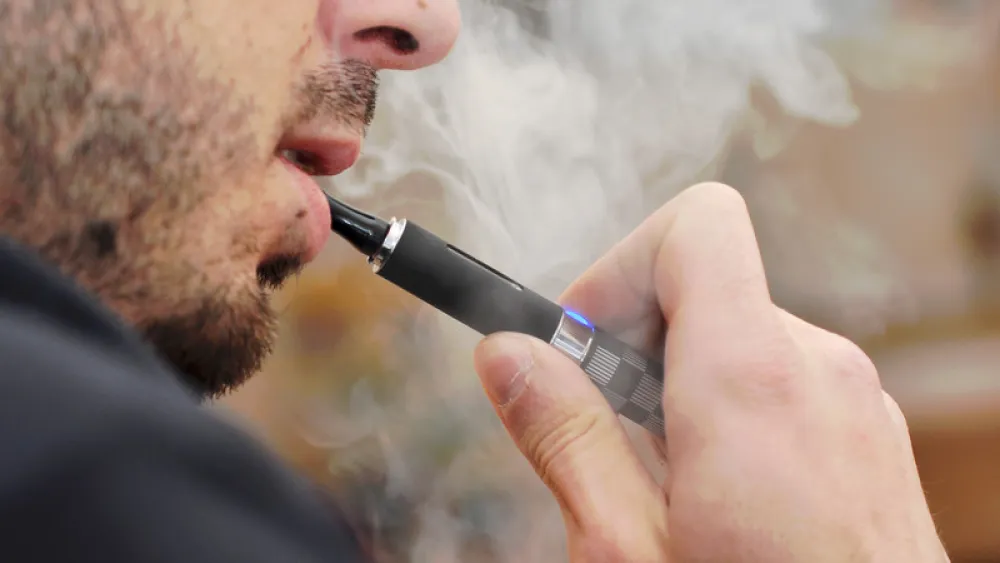




Healthy Lifestyle
Vaping Danger in Spotlight as Lung Injury Cases Mount
Published: Oct. 24, 2019

You’ve seen it, heard about it and maybe even smelled it. Vaping – or the use of electronic cigarettes – has become commonplace among adults and teenagers. Vape shops have popped up all over town, and there’s the idea that vaping is a safer alternative to smoking traditional cigarettes.
The truth is that there’s an awful lot we don’t know about the risks of vaping. And it’s what we don’t know that may be killing people.
A concerning trend
Vaping is the inhalation of an aerosol (often called a vapor) produced by an electronic cigarette. The vapor can contain nicotine, which is highly addictive; THC, the compound that gives marijuana its high; and other toxic contaminants.
Vaping products can go by many names, come in a number of flavors and take on many looks, often resembling pens, flash drives and pipes.
The use of these products, especially among youths, has exploded in recent years. Preliminary data from this year’s National Youth Tobacco Survey show that more than 27% of high school students polled had recently used e-cigs, up from nearly 21% in 2018 and less than 2% in 2011.
Even more alarming: The Centers for Disease Control and Prevention (CDC) has confirmed over 1,400 lung injury cases and 33 deaths linked to e-cigs. Most of those cases involved products containing THC.
Symptoms and unknowns
Symptoms of Vaping Associated Lung Illness (VALI) can include:
- Cough
- Shortness of breath
- Fever
Patients with VALI have varied and unpredictable outcomes. Some have minor symptoms and recover, while others experience prolonged lung injury that can be deadly.
So what’s causing VALI? The exact cause is unclear. However, we know that most of the recent vaping-associated illnesses and deaths involved products containing THC, and many of the devices in these cases may have been obtained on the street or from friends or family – and may have been unsafely modified.
But the exact cause of the recent outbreak is unknown, and doctors are anxiously awaiting more information on recognizing, treating and preventing VALI.
Key takeaways
There’s a lot we don’t know about vaping, but I can say the following with certainty:
Don’t start. If you don’t vape, keep it that way.
Talk about the risks. You may not be comfortable telling friends and relatives, but this is a message your kids must hear.
Thinking of switching from cigarettes? You may be trading one dangerous habit for another. Instead, talk with your health care provider about effective ways to quit using tobacco.
There are safety questions. While vaping is often marketed as a safer alternative to traditional tobacco use, these products are currently unregulated. We have no data to support the safety of any vaping products.
If you vape, don’t use altered devices or products that contain THC.
The bottom line: If you haven’t heard me loud and clear yet, don’t start vaping. If you do vape, try to quit. The risks are real, and we may find even more dangers as we learn about its effects on the lungs and other areas of the body in the future.
More Resources
- Methodist Dr. James Maliszewski discusses quitting smoking and staying smoke-free


